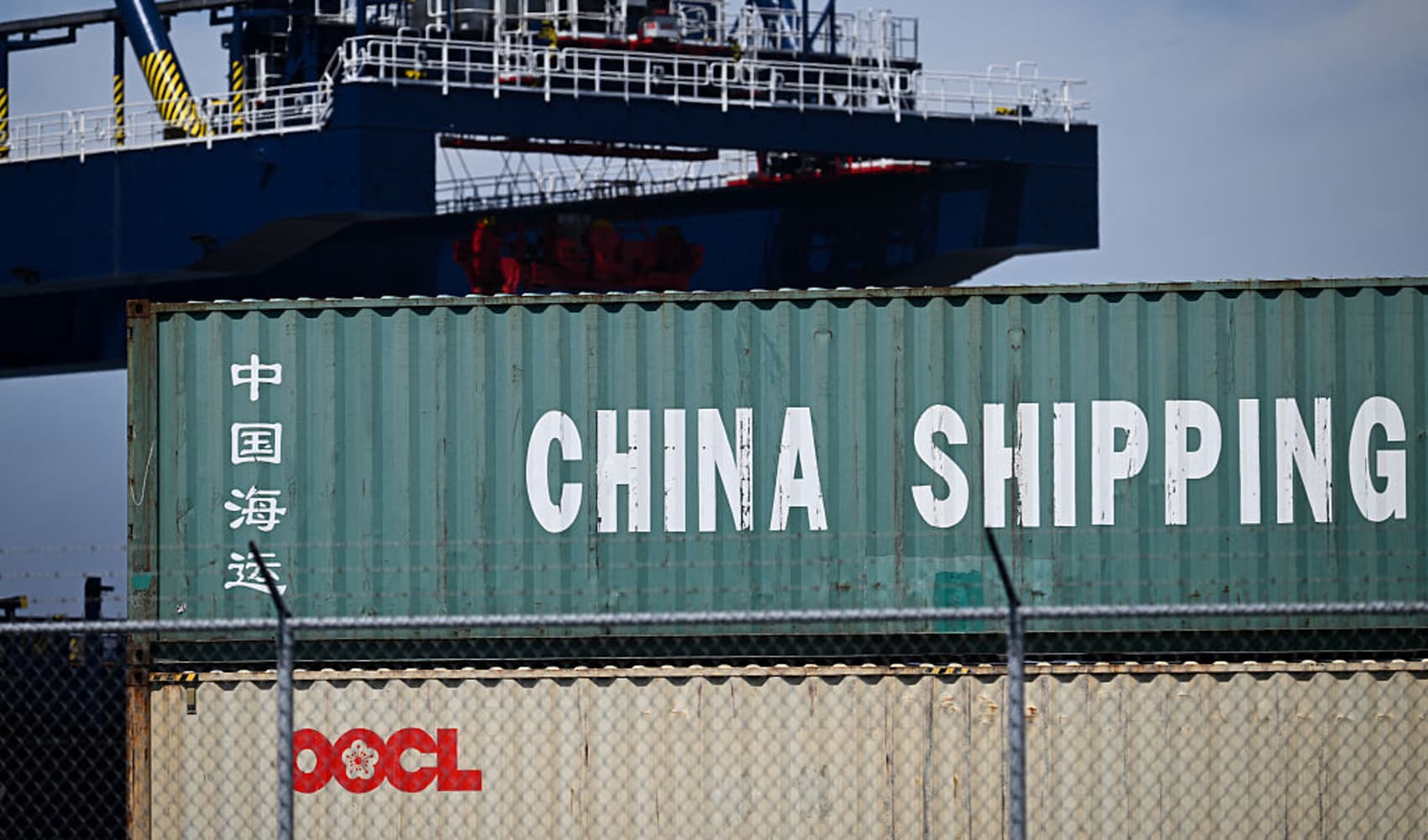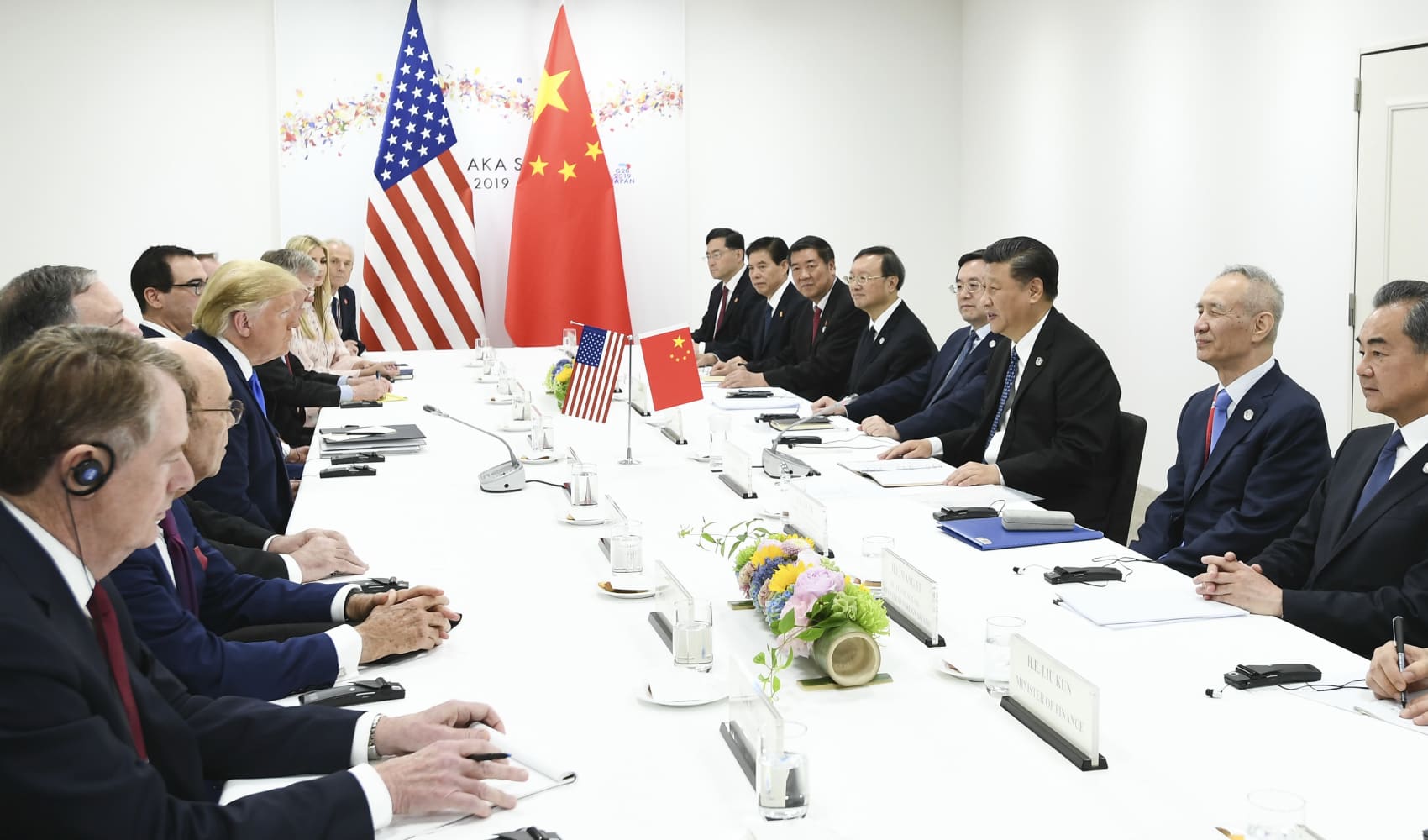China's Exports Soar: Southeast Asia Beats US Trade Slump
China's Export Miracle: How Southeast Asia is Shielding Trade from US Tensions
Introduction: Navigating the Shifting Sands of Global Trade
In the ever-evolving world of international trade, it's a constant game of adaptation. We've all seen how geopolitical tensions and economic policies can dramatically reshape trade flows. Lately, China's been facing headwinds in its trade relationship with the U.S. But here's the intriguing part: they're finding new avenues for growth, particularly in Southeast Asia. So, how is China managing to maintain its export dominance despite the challenges? Let’s dive in and explore this fascinating shift in the global trade landscape.
China's Export Surge: A Closer Look at the Numbers
The latest data paints a compelling picture. China's exports jumped an impressive 8.1% last month compared to the previous year, according to China's customs authority. This is a significant leap, especially when you consider that economists were only expecting a 1.9% rise. That’s a pretty big surprise, isn’t it?
The Import Side: A Slight Dip
While exports are booming, imports present a slightly different story. Imports saw a minor decrease of just 0.2% in April year-on-year. Though a drop was observed, it was not as drastic as economists predicted. Economists had estimated a 5.9% drop, but the actual figures prove to be a pleasant surprise.
The US-China Trade Dynamic: A Tale of Two Drops
The elephant in the room, of course, is the trade relationship between China and the U.S. So, what’s happening there? The data reveals a stark contrast to the overall export surge. China’s shipments to the U.S. plummeted by over 21% in April compared to the same period last year. That's a considerable drop, isn't it? It's a clear indication that tariffs and trade tensions are having a tangible impact. And it doesn’t stop there, imports from the U.S. to China also dropped almost 14%.
The Impact of Tariffs: More Than Just Numbers
We’ve all heard about tariffs, but what do they actually *do*? Think of them as a toll booth on the highway of international trade. They increase the cost of goods, making them less competitive. In this case, the prohibitive tariffs seem to be significantly impacting trade between China and the U.S., forcing businesses to seek alternative markets and supply chains.
Southeast Asia to the Rescue: A New Trade Powerhouse
Now, let's talk about the real driver behind China's export resilience: Southeast Asia. The data suggests that increased shipments to countries like Vietnam, Thailand, Malaysia, and Indonesia are playing a crucial role in offsetting the decline in U.S. trade. What makes Southeast Asia so appealing?
Why Southeast Asia? The Key Factors
Several factors contribute to Southeast Asia's growing importance as a trade partner for China:
- Growing Economies: Southeast Asian economies are experiencing rapid growth, creating a strong demand for goods and services.
- Strategic Location: The region's strategic location makes it a key hub for global trade and logistics.
- Free Trade Agreements: Numerous free trade agreements between China and Southeast Asian countries facilitate trade.
- Rising Middle Class: A burgeoning middle class in Southeast Asia is driving increased consumer spending.
- Proximity and Logistics: Geographical proximity reduces transportation costs and improves logistics efficiency.
Geopolitical Implications: A Shifting Global Order
This shift in trade patterns has significant geopolitical implications. It suggests a gradual rebalancing of economic power in Asia, with Southeast Asia playing an increasingly prominent role. It is a complex, multi-faceted relationship that could reshape the international balance of power.
The Role of the Belt and Road Initiative
China's Belt and Road Initiative (BRI) is also a major factor. BRI projects, such as infrastructure development in Southeast Asia, are strengthening trade links and facilitating economic integration. Are we seeing the BRI bear fruit?
Supply Chain Restructuring: A Long-Term Trend
Beyond immediate trade figures, this shift highlights a broader trend: the restructuring of global supply chains. Companies are increasingly diversifying their sourcing and production locations to mitigate risks and reduce reliance on any single market. Isn't this a prudent move in an uncertain world?
The "China Plus One" Strategy
Many companies are adopting a "China plus one" strategy, where they maintain operations in China but also establish a presence in another country, often in Southeast Asia. This approach provides greater flexibility and resilience in the face of geopolitical uncertainties.
Impact on Businesses: Adapting to the New Reality
For businesses operating in this environment, adaptation is key. Companies need to understand the evolving trade landscape, identify new opportunities in Southeast Asia, and adjust their strategies accordingly. It's a "adapt or be left behind" situation, isn't it?
Strategies for Success in Southeast Asia
Here are a few strategies that businesses can consider:
- Invest in market research: Understand the specific needs and preferences of Southeast Asian consumers.
- Build local partnerships: Collaborate with local businesses to gain access to markets and expertise.
- Adapt products and services: Tailor offerings to meet the unique requirements of the region.
- Strengthen supply chains: Diversify sourcing and production locations to reduce risks.
- Embrace digital technologies: Leverage e-commerce and digital marketing to reach new customers.
The Future of Trade: More Volatility and Uncertainty?
Looking ahead, the global trade environment is likely to remain volatile and uncertain. Geopolitical tensions, economic fluctuations, and technological disruptions will continue to shape trade flows. Are we entering an era of constant flux?
Preparing for Future Challenges
To navigate these challenges, businesses need to be agile, resilient, and adaptable. This means investing in risk management, diversifying markets, and embracing innovation. Planning is paramount in ensuring future success. The companies that thrive will be those that can anticipate and respond to change effectively.
The Consumer Perspective: What Does This Mean for You?
You might be wondering, “What does all this mean for me?” Well, as a consumer, this shift in trade patterns could potentially impact the availability and prices of goods. The rise of Southeast Asia as a manufacturing hub could lead to lower costs for some products, while tariffs on goods from China could lead to higher prices for others. The ultimate result is increased global market competition.
Conclusion: Embracing the Change, Seizing the Opportunities
China's export surge, driven by growth in Southeast Asia, is a testament to the resilience and adaptability of global trade. While challenges remain in the U.S. market, new opportunities are emerging in other regions. For businesses and consumers alike, understanding these shifts is crucial for navigating the changing world. The key takeaways are:
- China's exports are booming, despite headwinds in the U.S.
- Southeast Asia is becoming a key trade partner for China.
- Global supply chains are restructuring.
- Businesses need to adapt to the new reality.
Frequently Asked Questions
- Why are China's exports to the US declining? Tariffs and trade tensions between the two countries have significantly impacted trade flows, leading to decreased exports.
- What role does Southeast Asia play in China's export strategy? Southeast Asia is a rapidly growing market that is helping to offset declines in other regions, particularly the US.
- How is the Belt and Road Initiative affecting trade in Southeast Asia? The BRI is strengthening trade links and facilitating economic integration between China and Southeast Asian countries.
- What can businesses do to adapt to these changing trade patterns? Businesses should diversify their markets, build local partnerships, and adapt their products and services to meet the unique needs of Southeast Asian consumers.
- Will these trade shifts affect the prices of goods for consumers? Potentially, the rise of Southeast Asia as a manufacturing hub could lead to lower costs for some products, while tariffs on goods from China could lead to higher prices for others.

